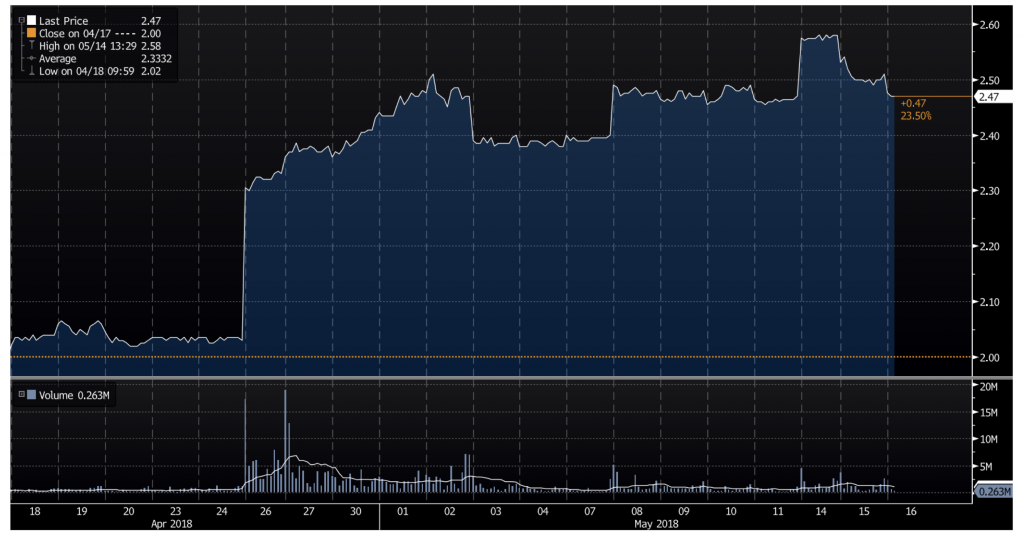
Assessing the Healthscope Takeover Proposals
On 26 April, Healthscope Limited (ASX:HSO) received a non-binding indication of interest from a BGH-led consortium in relation to a proposal to acquire HSO for a price of $2.36 per share, which was a 16 per cent premium to the price prevailing before the approach.
As we were shareholders in HSO, the arrival of an indicative proposal like this triggers some valuation analysis that is quite different to our usual valuation analysis. In circumstances like this, the trading price of HSO shares is governed less by estimates of stand-alone underlying intrinsic value, and more by the outcome of the negotiations between the company and potential suitors.
Accordingly, to understand where HSO shares “should” trade during this period, we need to understand the different possible outcomes from those negotiations, and estimate both the likelihood and price parameters attaching to those different outcomes.
In a simple case we might map out 4 possible outcomes:
- The bid fails;
- The bid proceeds to completion;
- The bidder increases the offer price to secure board support; and
- A counter bidder emerges, and an auction ensues.
By ascribing a probability and a price outcome to each of these scenarios, we can estimate the “fair” value of HSO shares by summing the products of those probability and price estimates. This is clearly an inexact science, but it provides a logical structure and focuses attention on the important considerations. While inexact, having this sort of structure and focus is a clearly a big improvement on not having them.
As more information emerges, the probabilities and valuation will change, but a framework like this allows us to quickly revise estimates in response to new developments – like the emergence of Brookfield as a potential counter-bidder, and to gauge whether the market price at any given time may fairly reflect all the available information.
Since the announcement of the original BGH approach, HSO shares have at times traded above our probability-weighted assessment and at times traded below it.
Source: Bloomberg
In particular, on our numbers prices in the high 240s appeared attractive prior to the Brookfield approach, and prices in the high high 50s appeared attractive post the Brookfield approach. We were active during these periods, and no longer hold any HSO shares.
An interesting feature of this type of decision making is you never get to really know whether your assessment was accurate or not. Ultimately, we will see a single outcome from the takeover discussions, but before that happens the world exists in sort of a quantum state, where several different outcomes are possible. We will find out which outcome is the “best” outcome, but we won’t get to see how likely or unlikely that particular outcome may have been before it actually happened.
This is one of the fascinating challenges in investment decision making. People tend to want to see the world in black or white, and to think in hindsight that what actually happened was both inevitable and predictable. In reality, good investing often means grappling with the reality of an ex-ante distribution of possible outcomes, and high levels of uncertainty.

Great to see the board has taken Roger’s advice on doing a “Myer” !
Nice call on HSO Roger and team.
I got in at low 2’s and just held through the downside then sold the other day at $2.46 before the second bidder.